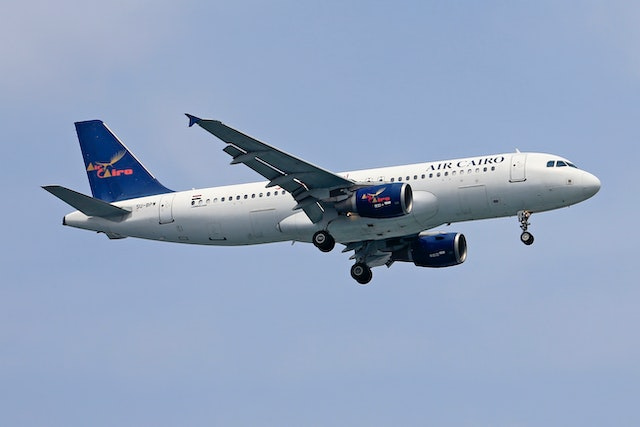Airplane tires, often overlooked among the intricate components of aviation, play a crucial role in ensuring the safety and efficiency of air travel. Manufacturers design these specialized tires to withstand the immense forces and demanding takeoffs, landings, and taxiing conditions. A sophisticated blend of engineering and materials science, airplane tires are engineered to meet stringent performance requirements, making them an indispensable part of flight operations.

How Airplane Tires Are Made
Manufacturers construct airplane tires using a sophisticated blend of materials and engineering techniques. They use multiple layers of high-strength fabrics, such as polyester and nylon, which provide the tire with structural integrity. Over this foundation, manufacturers add steel belts to enhance strength and stability, allowing the tire to withstand the immense forces during landings and takeoffs. The outer layer consists of synthetic rubber compounds specially formulated to withstand extreme temperatures and resist wear and tear.
Dual-wheel Assemblies
Multiple tires are mounted on each landing gear using dual-wheel assemblies. This design distributes the aircraft’s weight over a larger surface area, reducing the pressure on individual tires during landings and takeoffs. By spreading the load, dual-wheel assemblies enhance the tires’ durability, minimizing wear and tear and extending their lifespan. This setup also contributes to improved braking efficiency and stability, ensuring safe and smooth ground operations for the aircraft.
Load-bearing Capabilities
The load-bearing capacity of airplane tires refers to their ability to support the aircraft’s weight during various phases of flight operations. This weight includes not only the mass of the plane but also the payload, passengers, and fuel. The load-bearing capacity is crucial in determining the size, design, and materials used in constructing airplane tires, ensuring they can handle the immense forces experienced during takeoff, landing, and taxiing while maintaining stability and safety throughout the flight.
Tire Patterns and Grooves
Tread patterns and grooves on airplane tires are crucial in optimizing traction and grip on the runway surface. These features enhance the tire’s performance in various weather conditions, ensuring safe and efficient ground operations during takeoff, landing, and taxiing. Manufacturers put a lot of emphasis on the tread pattern to provide maximum contact with the runway while displacing water and debris. Tire grooves act as channels to divert water from the tire’s surface, reducing the risk of hydroplaning, especially during wet conditions. This improves the tire’s grip on the runway, preventing skidding and enhancing braking efficiency.
Tires used on paved runways may have different tread patterns than those used on grass or gravel surfaces. Moreover, the design of tread patterns and grooves considers the immense friction generated during landing, which can significantly cause tires to heat up. The patterns are engineered to dissipate heat efficiently, reducing the risk of tire overheating and ensuring the tire remains within safe operating temperatures. Overall, the careful engineering of tread patterns and grooves on airplane tires contributes to the safe and reliable operation of aircraft, providing pilots with the necessary grip and control during critical phases of flight. Each brand, like Goodyear aircraft tires, typically has different tread patterns and grooves than the company’s competitors.
Tire Pressure Monitoring
Sophisticated tire pressure monitoring systems monitor tire pressure continuously, monitor the conditions inside each tire and provide real-time data to the flight crew, enabling them to ensure that the tires stay inflated throughout the flight. The TPMS typically consists of pressure sensors installed inside each tire. These sensors measure the air pressure within the tire and transmit the data to a central computer or display in the cockpit.
The pressure readings are updated frequently, allowing the flight crew to monitor any fluctuations or deviations from the recommended tire pressure. Proper tire inflation ensures the tire can support the aircraft’s weight and maintain stability during takeoff, landing, and taxiing. Adequate tire pressure also reduces the risk of tire damage, overheating, and blowouts. Overall, tire pressure monitoring systems offer a vital layer of safety and efficiency in aircraft operations.
Conclusion
While airplane tires might not be as prominent as the wings or engines, it is impossible to overstate their importance. These engineering marvels enable safe landings, smooth taxiing, and stable takeoffs, playing a vital role in the success of every flight. Advancements in tire technology continue to improve aviation safety, efficiency, and environmental impact, underscoring the significance of these unassuming yet critical components in aviation.



Recent Comments